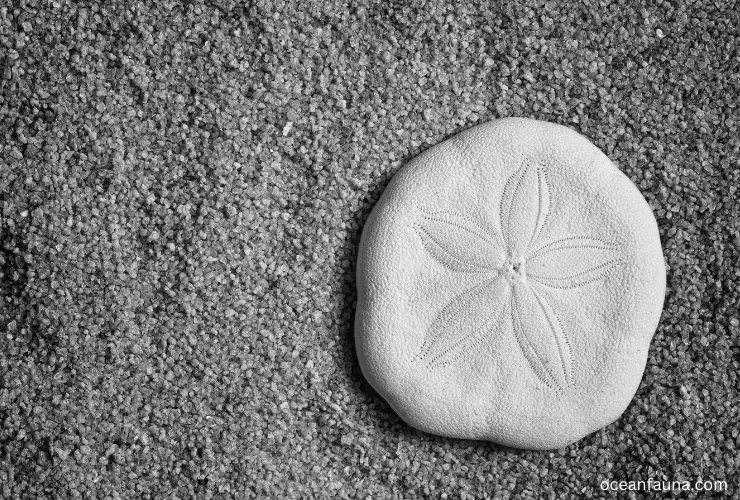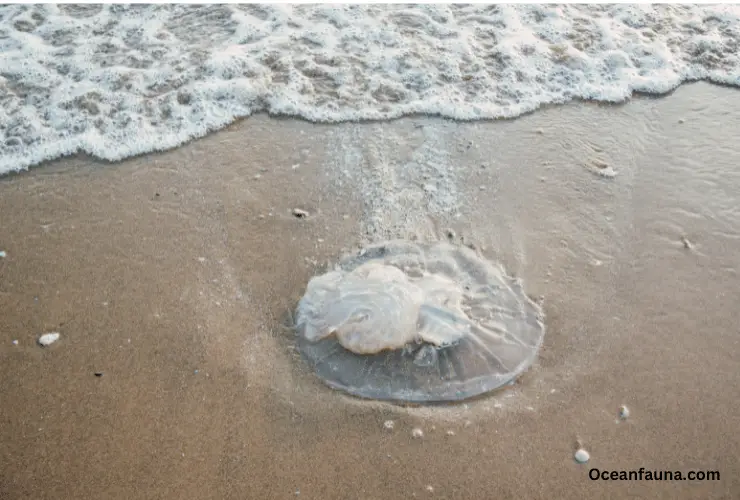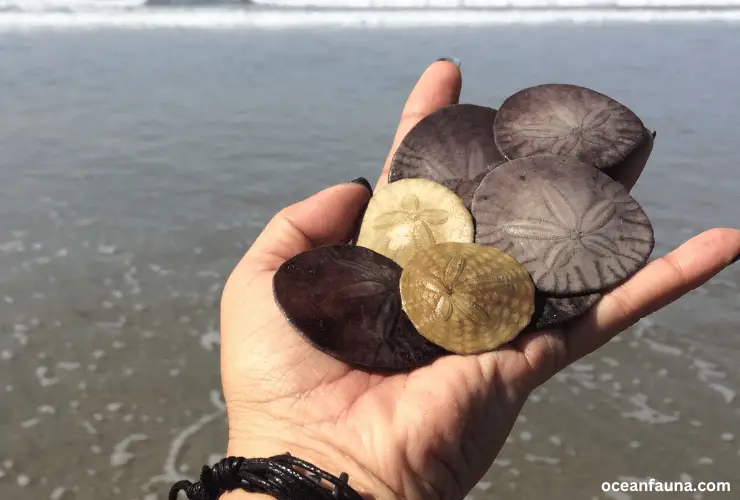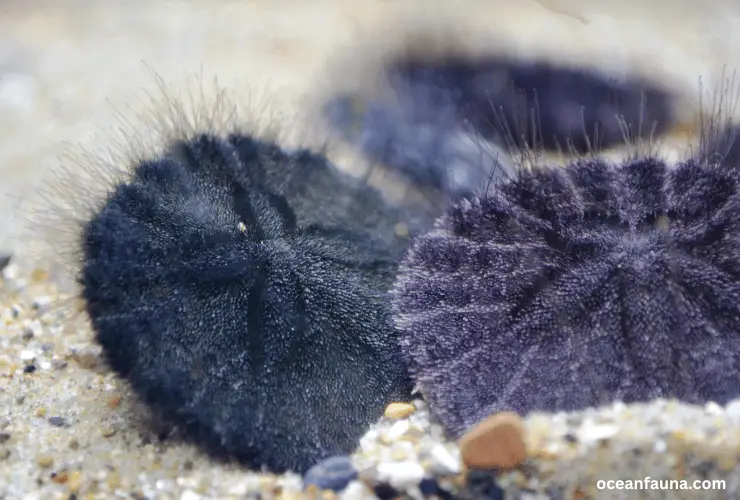How to Find Sand Dollars?
How to find sand dollars? Finding sand dollars is not a tough job. After a low tide wave, you can easily find them on the beach and island. They are mostly present in the temperate and tropical oceans of the globe. In the second sandbar, you can also find a sand dollar along the seashore. … Read more





